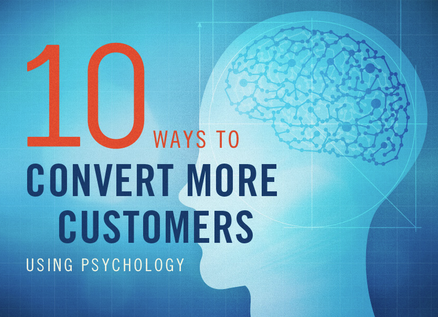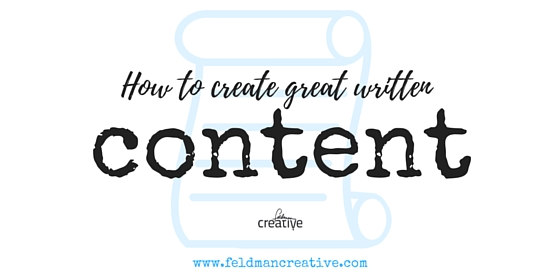A majority of the messages flying around the website’s where modern marketing is covered today focuses on the media itself. The big questions tend to be:
— Which is the right media for reaching my customers?
— How do marketers best capitalize on this media or that?
— What tools work best for the given media?
All good. But let’s not lose sight of the messaging itself. A medium is a connection point, but how do you make the real connections that will grow your business?
You focus on what influences decisions.
Today, I want to remind you:
— Instead of focusing on which media, focus on human triggers.
— Conversion traces to decisions that are based on psychology.
— As a marketer, the most valuable tool you could possibly have is the power of persuasion.
10 Ways to Convert More Customers
We have Gregory Ciotti and HelpScout to thank for his remarkable work reported in the infographic below and the wonderfully researched eBook version of his study’s findings. Gregory has identified a series of “secrets,” insights that foster sales based on what the buyer wants. He illustrates each with a simple example, mostly based on research studies to help you understand the concept. And though they deal with the complex territory that is the human brain, the concepts are quite simple—and effective.
The report is a must-read for marketers, writers, and anyone in any field striving to put the power of psychology of work to influence and persuade.
Identify the outsiders to find your brand’s true voice.
I learned something from each of the study’s ten concepts. Right now, I’d like to dig into #7 a bit, “Make an Enemy.”
As counter-intuitive as it may seem, a key to establishing and building meaningful connections is making enemies. Ciotti says by doing so you can achieve a cult-like addiction to your brand. He writes:
“Creating a unique selling proposition is as much about defining who your ideal customers are not as it is about defining who they are.”
The way you do this might not be as dangerous as it sounds. You really don’t even need to take on another brand like Apple has done with its PC vs. Mac advertising campaigns.
The key is polarizing the audience by invoking a belief system. For instance, if you tune into the things I write, I take a very strong stand about being bold with your communications—having a clear, strong point of view. Essentially, the enemy I make in doing so are those in the opposite camp—those who believe it’s not important to have a strong point of view (or any point of view). So two camps are created and if it works, you join mine. Outsiders stay outside. Insiders become influential brand advocates.
You’ll find this idea and 9 other powerful ideas in “10 Ways to Convert More Customers with Psychology.”

https://s3.amazonaws.com/sparringmind/10WaystoConvertCustomers.pdf



![How to Write Powerful Headlines for Your Online Content [Infographic] How to Write Powerful Headlines for Your Online Content [Infographic]](https://feldmancreative.com/wp-content/uploads/2019/04/Screen-Shot-2019-04-19-at-5.38.54-PM.png)


